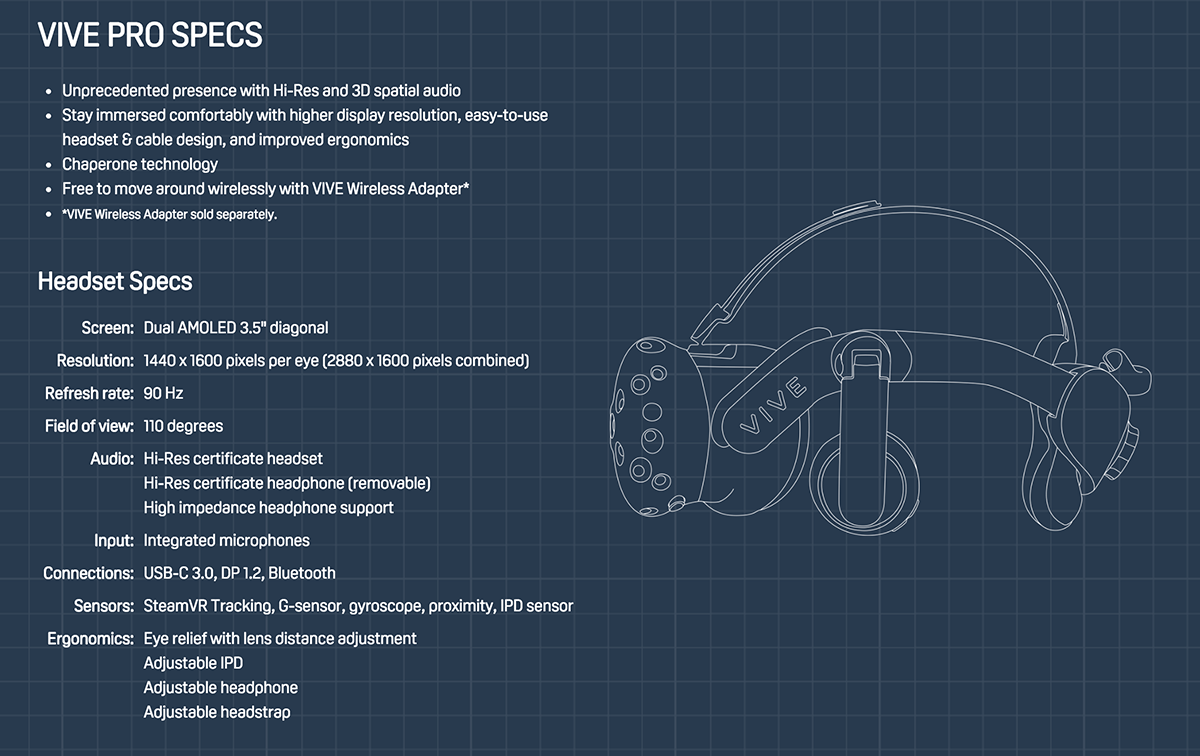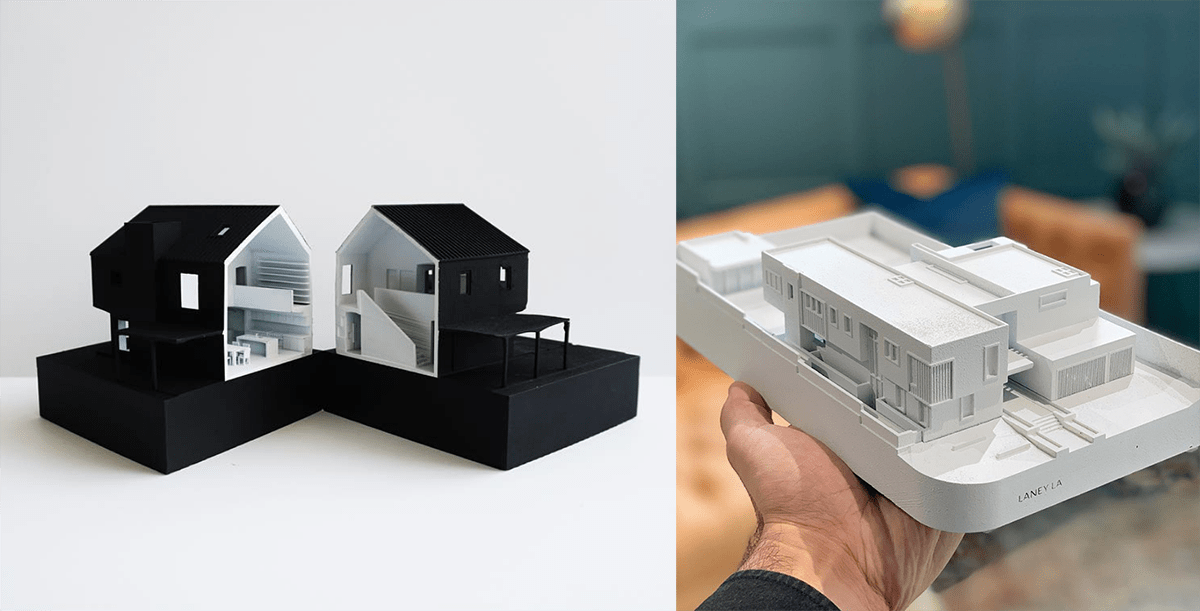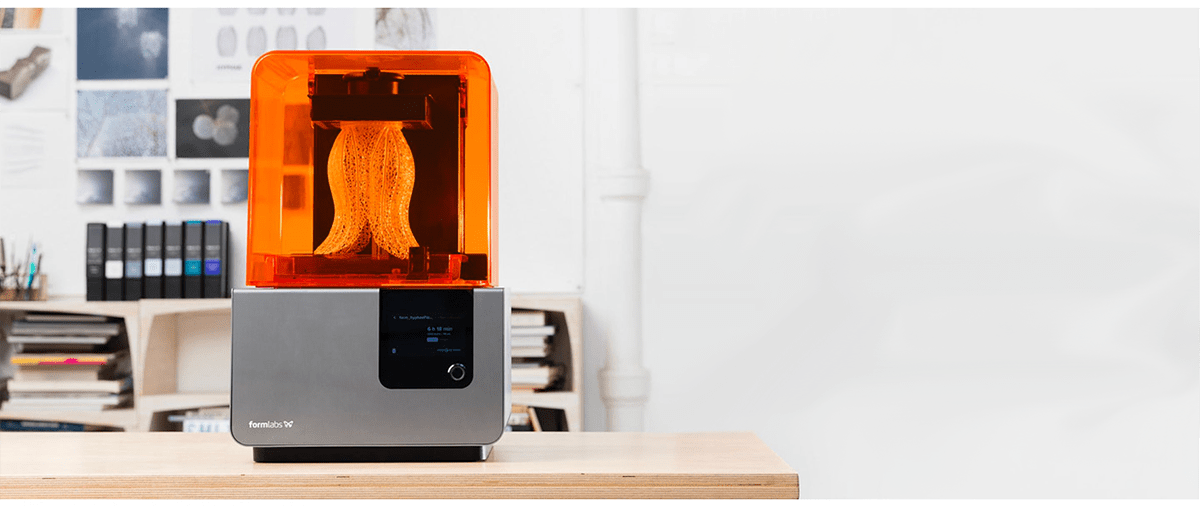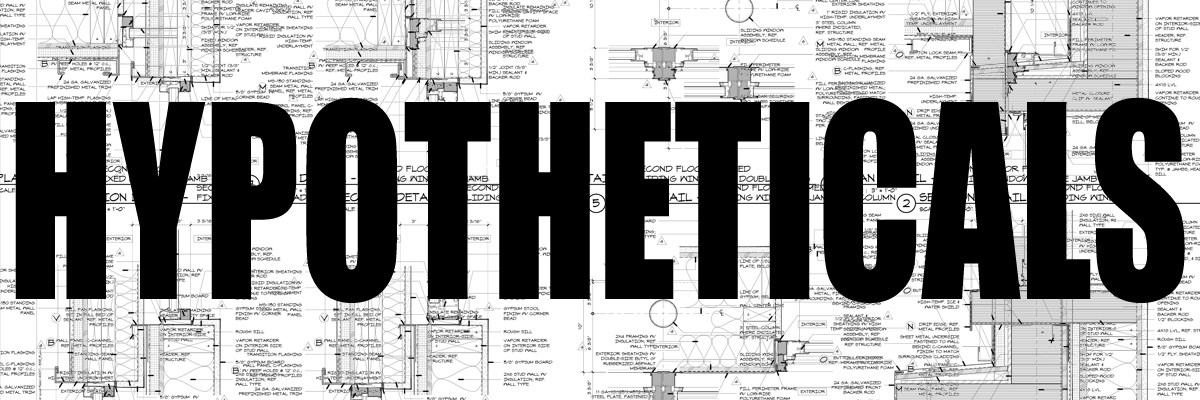All industries have specific tools that make their business work – and architects are no different in this regard. During the 26+ years that have passed since I graduated from college, I have seen tools that I had previously used every day become obsolete while new tools have taken their place. Few architects actually draft anymore (I’ve got one left in my office) so once common names like “Borco” and “Mayline” have been replaced with “Revit” and “VR”.
Today we are going to talk about the modern day tools that an architect uses to perform their work, and we welcome architect Anthony Laney from Laney LA Inc. as a special guest to the podcast.
Andrew and I spend some time talking about the most important piece of equipment in the office … our computers. Andrew has been building his computers for the last ten years. He started this practice really out of necessity although he would tell you now that he enjoys the process of building computers. He was an early adopter of using Revit and those of us in the profession know that Revit requires a really powerful machine to run effectively. Now, while these computers are really expensive, they are available commercially thanks to the gaming industry. The same systems that are used to drive the graphics modern day games require can drive all the software an architectural office requires. It really comes down to the graphics card and the memory available.

HTC Vive Pro VR
I recently added the technology of virtual reality to our bag of tricks in the office and the payoff was almost instant. If you follow my Instagram feed (and in this case, the stories I publish on Instagram) you would have been able to watch me unpack my new VR set and I’m here to tell you that these new systems are game-changers.
It started when a client of mine had a pair and he had us over to his house to experience walking through the building we had designed for him. While I have tried on VR goggles when I am walking architectural trade show floors, the leap in technology from just two years ago has been remarkable. I would guess that within an hour of setting our new system up, we were walking through a current project that is underway, and I shot a live video of us walking through the building and I sent it to my client. Upon seeing the video, they decided that they needed to come into town immediately so that they could experience what it was like to occupy they space themselves. At that moment I thought, “This system just paid for itself.”
Drafting Software (Revit v. ArchiCAD)
We use Revit in our office and there doesn’t really seem to be much debate on the matter. My mental state at this point tells me that since we do our fair share of commercial work, and all of our consultants are on Revit, that there isn’t much of an argument to make the switch to ArchiCAD. I will say that I every time I see some drawings that I think look terrific, they are on ArchiCAD.
I have a long-running joke in my office that the favorite activity of people who use Revit, is to complain about Revit … even though they won’t even consider using a different drawing platform. The few times I have shared something regarding ArchiCAD on social media, those people come out in droves in support of the software.

Mobile Applications
My top mobile applications for architect come from a few categories. For task management my favorite app is Wunderlist. This app allows you to manage your tasks, categorize them and assign due dates. One of the best aspects is that it allows you to assign tasks to other people who share your task lists. This will sync across multiple devices instantly. This is a nice feature when you are out of the office but need to make sure someone in the office does a task. Plan Grid is an application for construction document management that is very useful. It can handle a multitude of jobs and helps you keep your project in order. It contains lots of useful features and is definitely worth your time. Sketching on your tablet can be done by several applications. My favorites in this category are Arrette Scale or Arrette Sketch, Archisketch and Tayasui Sketches. Each of these has valuable features that are great for doing actual design work to scale or for creating outstanding sketches and images. The first three are geared towards working sketches or drawings while the last one is for creating your best artistic images. All four of them are capable of meeting your needs and then some.
I wanted to talk about some additional tools that architects use but that I don’t have first-hand knowledge of using. I didn’t have to dig very deep into my Rolodex to find who I think was the perfect person to have on the podcast. At this point, I would like to introduce Anthony Laney – my guest interview for this podcast.

Anthony Laney and his company Laney LA, Inc. does a lot of 3d printing and other than being used to populate their Instagram account, Anthony and I discussed how these 3D printed models are valuable design tools and how they incorporate them into their workflow.

The 3D printer Laney LA, Inc. uses is the Form 2 resin printer from FormLabs. This is an expensive system (pricing starts around $3,350) and the models the Laney La, Inc. prints are 1/8″ scale and take around 8-20 hours of print time to create. I should point out that this is not the total time and the items created by the Form 2 are not ready to go immediately after printing. There is some post-production work still required – breaking pieces off, sanding, and painting – which is not required. There are several different colors of resin available but when you look at the majority of finished pieces show in the Laney LA feed, they are black on the interior and white on the interior. This look requires more attention after the printing is done but you have to admit that the finished product looks amazing.
I encourage you to follow the Laney LA, Inc Instagram feed. They put a lot of time curating the content that populates their Instagram account, and that includes a lot of post-production work. There is always something interesting to look at and it won’t take you long before you realize why I follow them and find the information they share engaging and inspiring.

Okay – time to humanize us as regular people and not just overly pedantic architects … sorta. I have been sitting on today’s hypothetical for a few months. Let’s set the time travel clock back a few decades to when you and I were both still students looking to build our resumes and find summer employment. My hypothetical question to you is this:
“Would you, when you were a summer intern, take a job at the office of a famous architect for free?”
While I think this is an easy question to answer, the challenge was to try and take the opposite position. If your initial reaction is “No, I would not work for free” try and see if there is a way you could get to “yes” and what those circumstances might require.
Thanks for joining us today – I hope you enjoyed this modern look at the tools of an architect.
Cheers,







